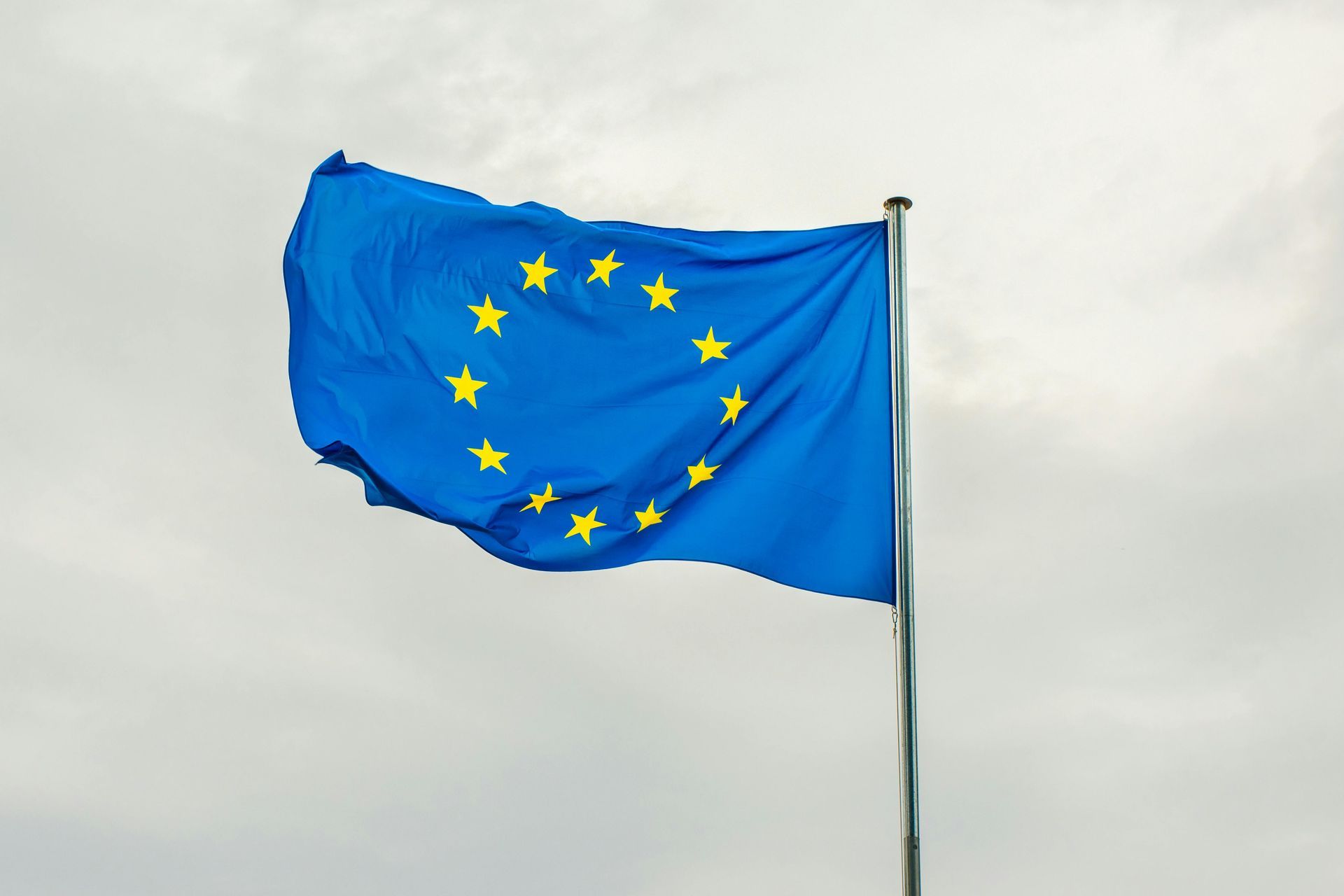Expansion en Europe : l'importance d'un mandataire pour les fabricants de SaMD
Dans notre précédent article, nous avons exploré les étapes clés permettant aux fabricants de SaMD d’obtenir le marquage CE et d’accéder au marché européen (voir notre article : « Comment commercialiser votre dispositif médical en Europe ? »). L’une des exigences du Règlement sur les dispositifs médicaux (UE) 2017/745 (MDR) est la désignation d’un Représentant Autorisé (RA). En effet, les fabricants non européens doivent nommer un mandataire pour assurer la liaison entre le fabricant et les autorités compétentes européennes. Ce rôle est essentiel pour garantir la conformité, gérer les obligations réglementaires et faciliter l’accès au marché.
Dans cet article, nous examinons l’importance de la désignation d’un mandataire.
Pourquoi la désignation d’un mandataire est-elle obligatoire ?
Selon l’article 11 du MDR, le mandataire agit en tant que représentant légal d’un fabricant hors UE au sein de l’Union européenne et assume plusieurs responsabilités :
- Vérifier la Déclaration de Conformité ainsi que la conformité de la Documentation Technique.
- Détenir une copie de la Documentation Technique et la mettre à disposition des autorités compétentes.
- Collaborer avec les autorités compétentes.
- Informer le fabricant en cas d’accident.
➡️ Sans mandataire (ou filiale sur le territoire), votre logiciel ne peut pas être commercialisé en Europe.
Le mandataire n’est pas le seul à avoir des responsabilités. Le fabricant (entreprise hors UE) doit également :
- S’assurer que le dispositif médical est conforme aux exigences du MDR avant sa mise sur le marché.
- Établir et tenir à jour une Documentation Technique conforme au MDR.
- Mettre en œuvre un Système de Management de la Qualité (SMQ) conforme à la norme ISO 13485.
- Réaliser des évaluations cliniques (tant pré-commercialisation qu’après commercialisation).
- Assurer le respect des exigences de la surveillance post-commercialisation.
- Enregistrer le fabricant et ses dispositifs dans EUDAMED et garantir la conformité avec le système UDI.
Conclusion
L’entrée sur le marché européen avec un SaMD commence par l’obtention du marquage CE. Ce n’est qu’ensuite que les fabricants américains peuvent nommer un mandataire, comme l’exige le Règlement sur les dispositifs médicaux (UE) 2017/745 (MDR). Le mandataire joue un rôle essentiel pour garantir la conformité et faciliter l’accès au marché.
Discutons de vos projets
Ou
contactez nous à hello@sparta.care




